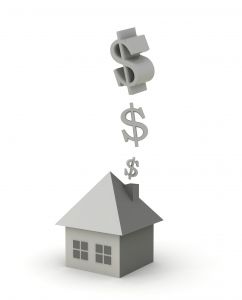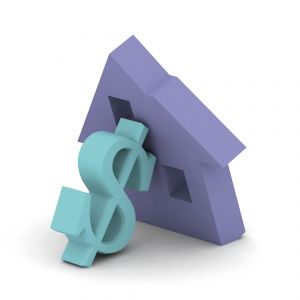
December 19, 2011
FHA Refinancing Loan Requirements
One recurring question in the reader comments section as of late involves the rules of cash-out refinancing loans and streamline refinancing loans insured by the FHA. Some borrowers seek loans on property that no longer has a mortgage, and wonder if FHA refinancing loans can help. Borrowers looking at options including FHA cash-out refinancing or streamline refinancing learn there are important differences between the two. FHA streamline loans require the home to have a lien, otherwise there is no loan to refinance. Without an existing mortgage, there’s no possibility an FHA streamline loan can be underwritten for that property. For example, in the HUD.gov frequently asked questions section, under the heading, “Streamline Your FHA Mortgage”, the site states; “FHA has permitted streamline refinances on insured mortgages since the early 1980’s. | more...









